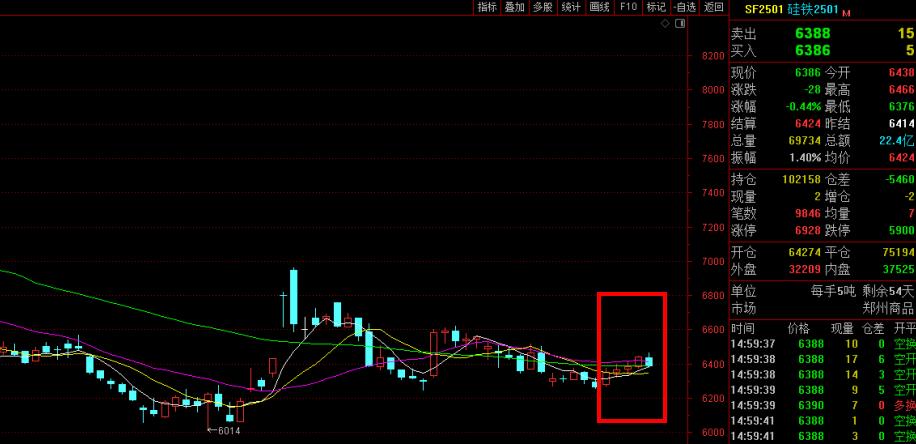[ferro-alloys.com]Anglo American Plc is advancing plans to convert its fleet of giant diesel-fueled mine trucks to hydrogen power as the company seeks to burnish its green credentials.
More than 400 mine-haul trucks could be rebuilt to use hydrogen fuel, with a pilot project starting next year at Anglo American Platinum Ltd.’s open-pit Mogalakwena operation in South Africa. A 3.5-megawatt electrolyzer will produce hydrogen on site, while the trucks will also be fitted with a platinum catalyst.
“Should the technology prove to be successful, it could be rolled out to the entire Anglo American fleet,” said Jana Marais, a spokeswoman for Johannesburg-based Amplats. Anglo also uses the trucks in Australia and the Americas.
Anglo and its global mining peers are under increasing pressure to cut greenhouse gas emissions and improve their environmental performance. The company plans to divest its thermal coal assets in South Africa over the next three years as investors demand that miners exit the world’s dirtiest fuel.
That wasn’t enough to prevent Norway’s $1 trillion wealth fund excluding Anglo from its investment portfolio in May as it doubled down on its climate action by making deeper cuts to its fossil fuel exposure. While Anglo spent decades positioning itself as an environmental and social champion, it has risked getting left behind on thermal coal, after Rio Tinto Group sold its last coal mine in 2018.
Anglo has reiterated targets to reduce greenhouse gas emissions by 30% over the next decade compared with a 2016 baseline, according to Bloomberg Intelligence. Long-term goals include a net carbon-neutral business by 2040.
The hydrogen truck could cut emissions at Anglo’s mines to zero, said Marais, without disclosing how much the company is investing in the initiative. The truck conversions will be carried out by Engie SA.
“We are developing a technology that we believe will set a new trajectory for zero emissions,” Marais said.
Truck makers are trying to commercialize hydrogen technology that’s been in development for two decades, but has been held back by prohibitive costs and a lack of infrastructure. While the vast majority of heavy-duty rigs are powered by diesel engines, manufacturers and parts suppliers have stepped up development of alternatives to comply with stricter emission rules.
(Mining.com)
- [Editor:王可]



 Save
Save Print
Print Daily News
Daily News Research
Research Magazine
Magazine Company Database
Company Database Customized Database
Customized Database Conferences
Conferences Advertisement
Advertisement Trade
Trade


















Tell Us What You Think